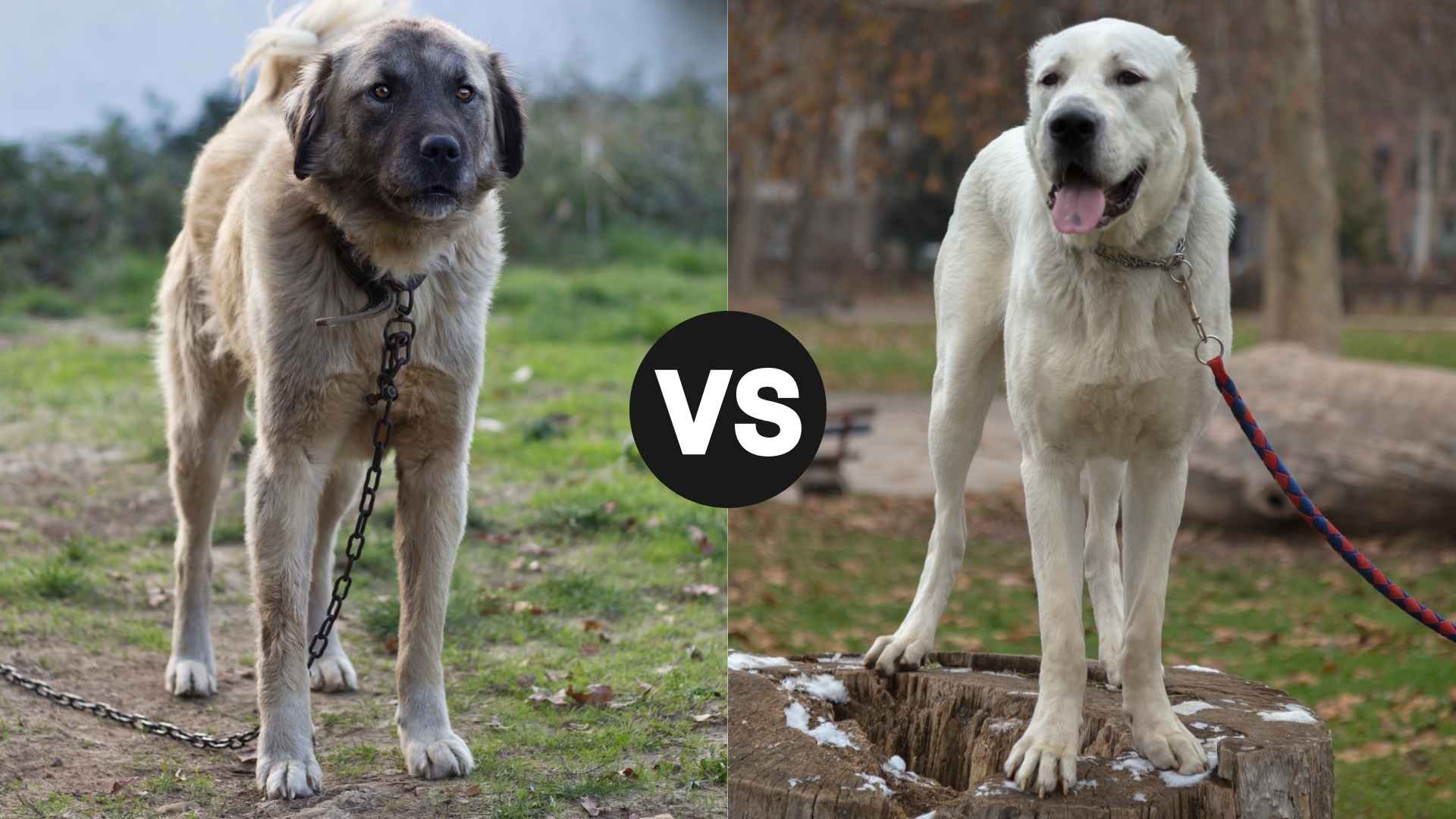Welcome to the ultimate face-off between two of the most powerful breeds on the planet—the Kangal and the Central Asian Shepherd. If you’re picturing fluffy lap dogs, you’re barking up the wrong tree. These are ancient working dogs, bred to protect livestock from wolves, bears, and everything in between.
Known for their unmatched strength, territorial instincts, and unwavering loyalty, both breeds are natural-born guardians. But while the Kangal boasts lightning speed and jaw-dropping bite force, the Central Asian Shepherd carries centuries of nomadic survival wisdom in its DNA.
Choosing between these two isn’t just about size or strength—it’s about purpose, lifestyle, and your ability to handle dogs that were literally bred to be self-reliant and fearless. Whether you’re a rancher needing a livestock guardian or simply fascinated by strong-willed breeds, this comparison will uncover what sets these canine legends apart.
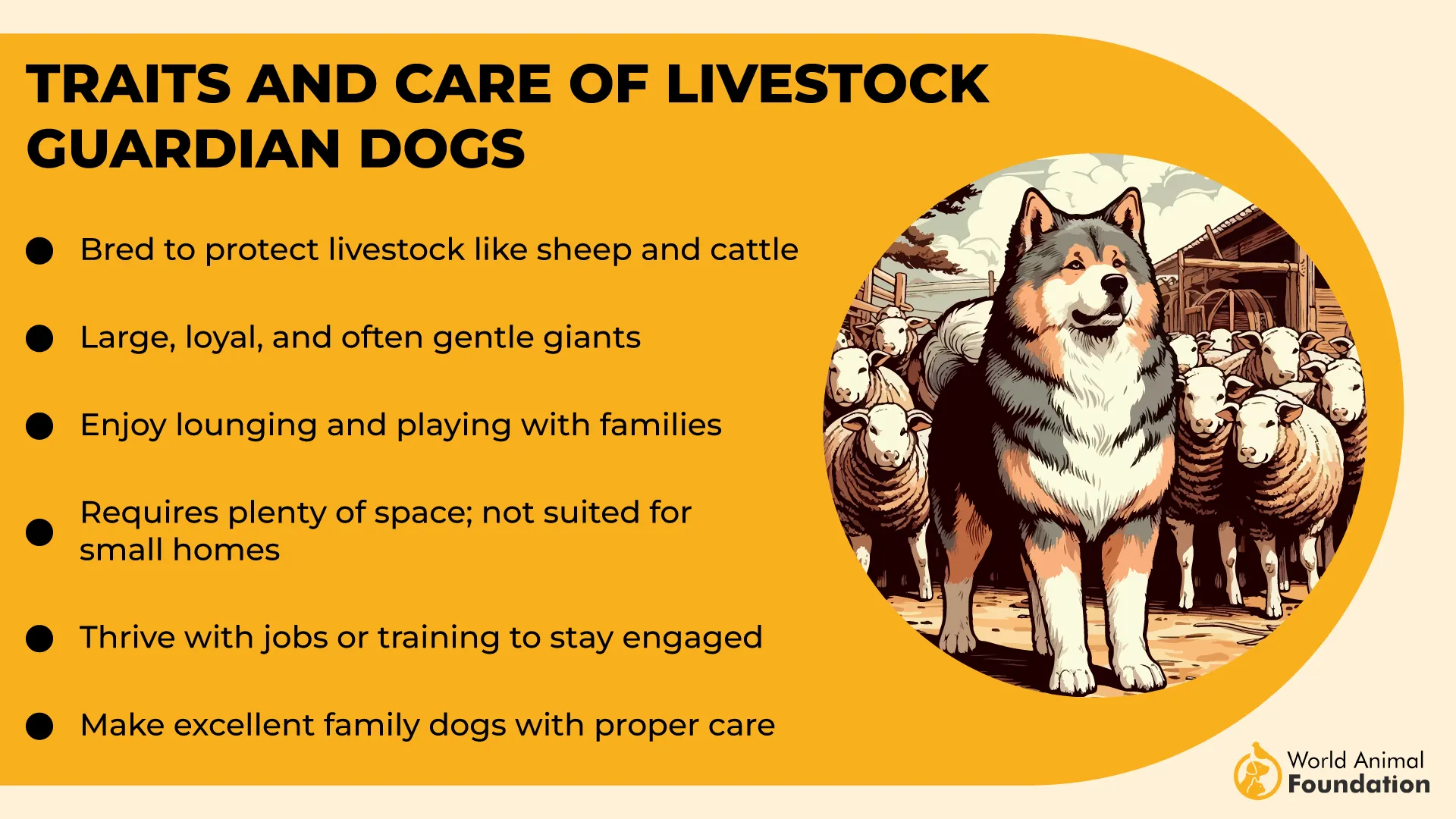
Ready to meet the titans of dogdom? Let’s explore how these two majestic protectors compare in temperament, intelligence, trainability, and more.
Kangal vs. Central Asian Shepherd
Kangal vs. Central Asian Shepherd: Visual Characteristics
When it comes to canine heavyweights, two names come up that make burglars rethink their life choices: the Kangal dog and the Central Asian Shepherd. These majestic floofs are the elite bouncers of the dog world — loyal, massive, and intimidating enough to make a bear go, “You know what? I’ll pass.” But how do you tell them apart? Let’s break it down visually — and with a sprinkle of humor.
Kangal:
The Kangal, Turkey’s pride and joy, walks like he owns every mountain he sees — and honestly, he kind of does. These dogs were bred to protect livestock from wolves, and their look screams, “You mess with the sheep, you mess with me.”
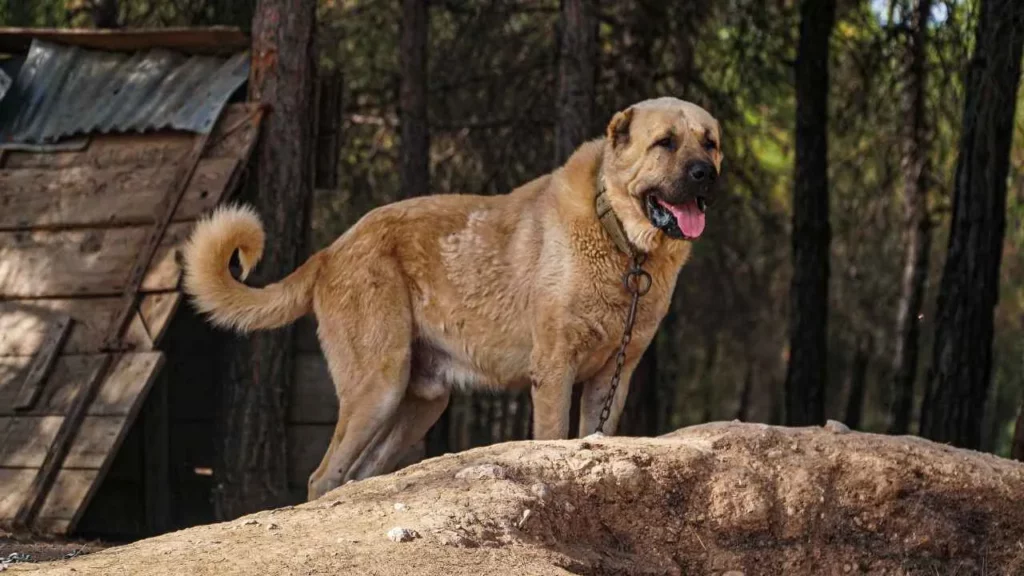
Size: Tall, muscular, and lean — think Olympic wrestler in dog form. Males can reach up to 34 inches and weigh around 145 lbs.
Build: Athletic, but not bulky. It’s the kind of dog that could outrun a thief and still have time to nap on your porch.
Head: Broad and noble, with an alert but calm expression that says, “I’ve seen some stuff.”
Coat: Short, dense, and smooth — low-maintenance and practical. Usually light tan or dun with that iconic black mask that makes them look like they’re always ready to rob a dog-treat bank.
Tail: Curved like a hook — or a perfectly executed question mark asking, “You sure you wanna come in?”
Central Asian Shepherd:
Also known as the Alabai, the Central Asian Shepherd comes from the rugged lands of Kazakhstan, Turkmenistan, and other -stans. These dogs were forged in harsh climates, and it shows. Imagine if a polar bear and a woolly mammoth had a security-conscious child.
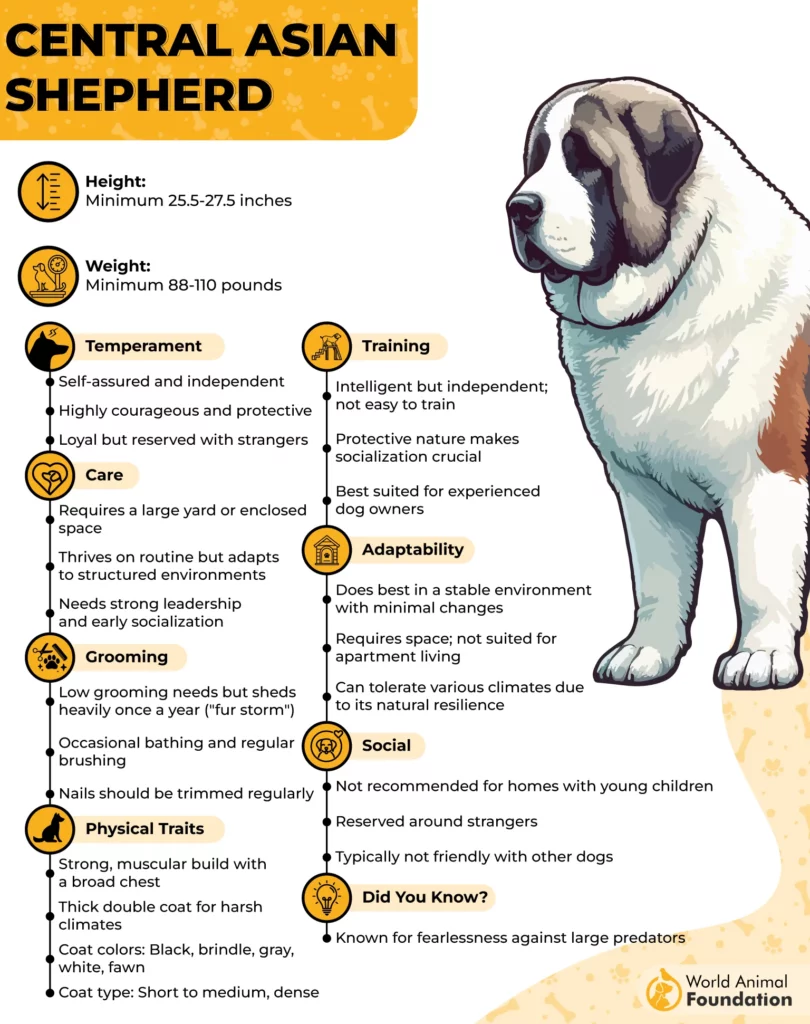
Size: Bigger, bulkier, broader — like the Kangal’s bouncer cousin who skips leg day but not the buffet. Males can top 170 lbs and still have room for dessert.
Build: Thick-boned and solid. This dog doesn’t run — it plods with purpose.
Head: Massive skull, short muzzle, and a serious RBF (Resting Bark Face). Their look says, “I don’t do fetch. I do fortress defense.”
Coat: Medium to long, often fluffier than the Kangal. Comes in all kinds of colors — white, brindle, black, gray. Basically, they’re the fashionistas of the guardian dog world.
Tail: Thick and curled, often docked (in traditional regions). If not docked, it looks like a proud plume waving the flag of “no trespassing.”
Kangal vs. Central Asian Shepherd: Personality and Temperament
Kangal:
The Kangal dog isn’t here for drama. He’s the type of dog that surveys his territory like a seasoned general — always calm, cool, and collected.
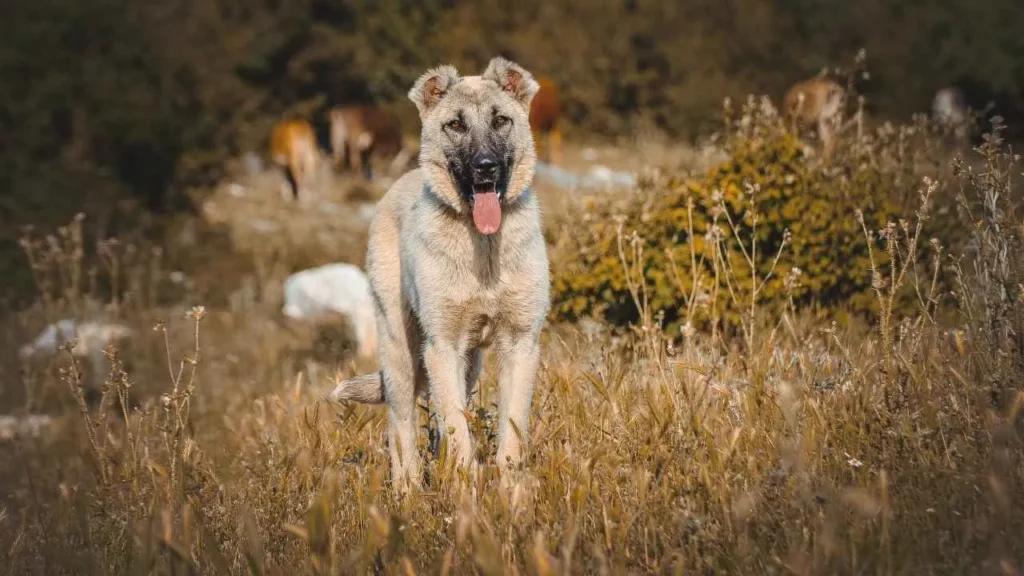
Temperament:
✅ Calm and composed — rarely loses their cool
✅ Fiercely loyal and protective of family
✅ Gentle and patient, especially with children
✅ Wary of strangers but not overly aggressive
✅ Independent thinker — not a pushover, but not a drama queen either
Social Skills: Wary of strangers (especially the sneaky ones), but not outright aggressive. They assess before reacting — basically a canine Sherlock Holmes.
Leadership Goals: Very independent. Not your typical “please love me” dog. If you throw a stick, the Kangal might look at you like, “Why would I chase that when I can guard your house from wolves?”
Pro tip: You don’t train a Kangal dog like a Golden Retriever. You negotiate with them. Respect earns results.
Central Asian Shepherd:
This dog didn’t survive thousands of years in the steppes of Central Asia to play fetch. The Alabai (Central Asian Shepherd) is bold, fiercely independent, and deeply territorial.

Temperament:
✅ Bold and confident — the classic tough guardian
✅ Highly territorial and protective of home and livestock
✅ Can be stubborn and strong-willed (they do things their way!)
✅ Affectionate and gentle with family, especially those they trust
✅ Suspicious and aloof toward strangers — definitely “no entry” vibes
Social Skills: Aloof with strangers. Not a party animal. More like “I’m here to watch the door. Don’t talk to me unless you’re on the guest list.”
Leadership Goals: Huge independent streak. They were bred to think for themselves, which means if you tell them to “sit,” they might say, “Convince me.”
Fun fact: They’re known to guard not just sheep — but entire villages. If your home feels a bit too peaceful, an Alabai will fix that.
Kangal vs. Central Asian Shepherd: Exercise and Activity Needs
Both breeds have moderate exercise needs, benefiting from regular physical activity and mental stimulation to stay healthy, but they are generally calm and do not require intense daily workouts.
Kangal:
The Kangal dog may not do backflips, but he’s got energy, especially when on alert. He’s not hyper, but he needs regular physical and mental stimulation.

Exercise Level: Moderate to high. Daily walks? Yes. A giant, fenced yard or pasture? Even better.
Preferred Activities: Patrolling, guarding, light play, and casually staring into the distance like he knows something you don’t.
Don’t Expect: Fetch, agility courses, or Zoomies 5000™. Think calm pacing, surveying, and “I’m working even when I look chill.”
Central Asian Shepherd:
The Alabai isn’t about cardio, but he needs his daily movement and mental work. Think of him as a security guard who likes long shifts but not marathons.
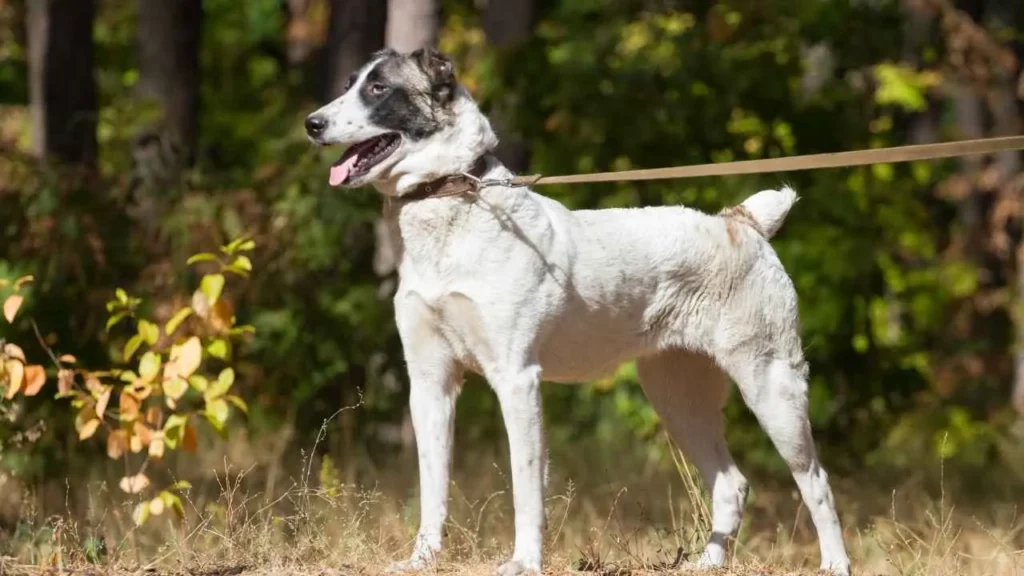
Exercise Level: Moderate. Not a high-energy breed, but if he gets bored? Expect some creative landscaping (aka holes).
Preferred Activities: Patrolling, guarding, short walks, and maybe a nap on top of your flower bed.
Don’t Expect: Eager playtime or enthusiastic ball chasing. He may look at your tennis ball like it owes him money.
So, whether you’re looking for a noble watchdog with a calm head (hello, Kangal) or a fluffy tank with deep ancestral confidence (Alabai says hi—gruffly), both breeds are incredible in their own right.
Kangal vs. Central Asian Shepherd: Training and Intelligence
When it comes to training and intelligence, both the Kangal dog and Central Asian Shepherd are no-nonsense thinkers—think wise old sages who march to the beat of their drum, meaning they’re brilliant but not your average eager-to-please puppy.
Kangal:
Intelligence: High—Kangals are incredibly smart, independent thinkers bred to make decisions on the fly while guarding flocks.

Training Style:
Responds best to firm but gentle leadership.
They’re not “obedience robots,” more like thoughtful partners who want to do the right thing, on their terms. Purina says training this breed can be challenging, making them a poor choice for first-time or inexperienced dog owners.
Early socialization and training are critical because they naturally question commands that don’t make sense to them.
Challenges:
Their independent streak means they’re not suited to novice owners who want a constantly obedient pet.
Needs consistent, calm guidance and lots of mental stimulation.
Central Asian Shepherd:
Intelligence: Moderate to high—very intuitive and wise from centuries of protecting against predators and invaders.

Training Style:
Strong-willed and highly independent, trained traditionally by shepherds with a firm but respectful approach.
PetMD says Central Asian Shepherd Dogs are not typically recommended for first-time pet owners. They require an experienced handler who can provide consistent training, structure, and supervision for such a large and independent breed throughout their lives.
They’re more “old school” and require patience; commands must be clear and consistent.
Not great for flashy obedience tricks—they guard, they watch, and they do their own thing.
Challenges:
Their size and strength mean that poor training can lead to management nightmares.
Requires an experienced handler who understands livestock guardian mentality.
Kangal vs. Central Asian Shepherd: Health and Wellness Care
When comparing the Kangal and the Central Asian Shepherd, it’s important to consider their health and wellness needs, as both breeds require dedicated care to maintain their strength, longevity, and overall well-being.
Kangal:
Life Expectancy: 12–15 years (impressive for a giant breed)
Common Health Issues:
Hip and elbow dysplasia (common in large breeds).

Bloat (gastric torsion)—requires feeding management.
Generally sturdy, bred for hard conditions, so fewer chronic problems than many breeds.
Care Tips:
✅ Regular vet checkups focused on joint health.
✅ Plenty of exercise, but avoid over-exertion in young dogs (protect those growing joints).
✅ A balanced diet to maintain lean muscle mass.
Central Asian Shepherd:
Life Expectancy: Around 12–15 years
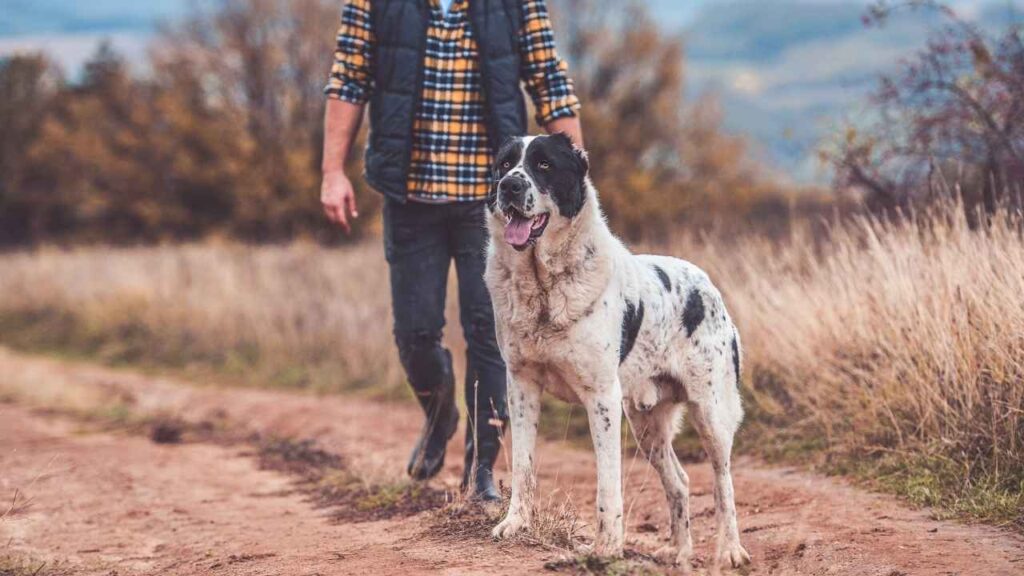
Common Health Issues:
Hip dysplasia and elbow dysplasia.
Some lines are prone to heart conditions and entropion (eyelid issues).
Generally very hardy due to centuries of surviving harsh climates and minimal vet care.
Care Tips:
✅ Strong emphasis on joint care and weight control.
✅ Due to size, watch for bloat risk and maintain feeding routines.
✅ Grooming needs are moderate, but seasonal shedding can be intense.
Kangal vs. Central Asian Shepherd: Breeding and Lineage
Kangal:
Origin: Native to the Sivas region of Turkey.
Purpose: Traditionally bred as livestock guardians for sheep and goats, protecting flocks from wolves, bears, and jackals.
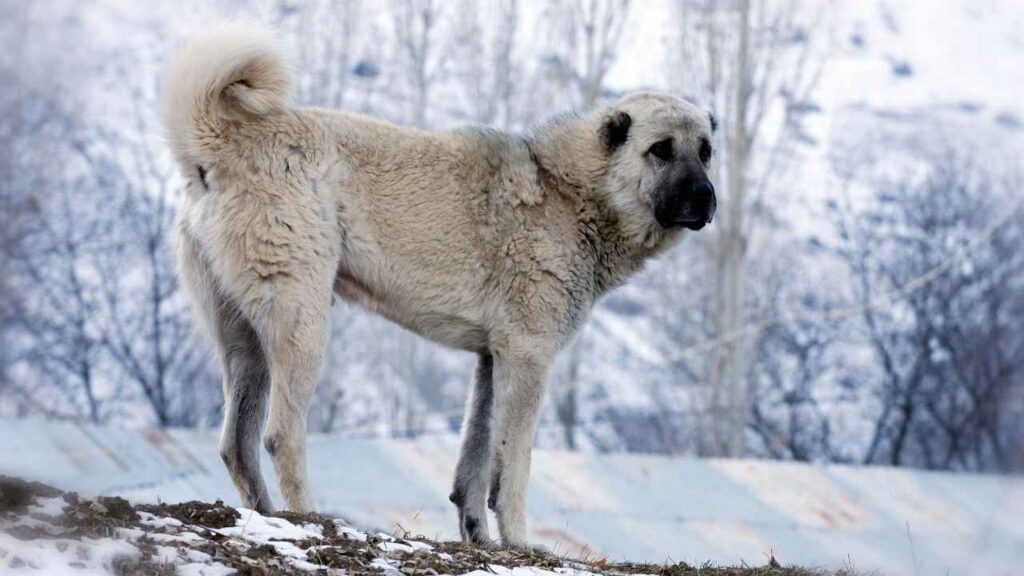
Lineage: Purebred Kangals come from a tightly controlled gene pool. Turkish breeders focus on preserving the original guarding instincts, strength, and balance between power and speed.
Breed Recognition: Recognized by many international kennel clubs but often remains a working dog rather than a show star.
Central Asian Shepherd (Alabai):
Origin: Spanning across Central Asia—Kazakhstan, Uzbekistan, Turkmenistan, and neighboring areas.
Purpose: A multi-purpose livestock guardian, protector of homes and herds, able to withstand extreme climates and threats. According to Wikipedia, in Turkmenistan, it is regarded as a symbol of national pride and heritage, highlighted by the unveiling of a gold statue of the breed in 2020.
Lineage: Diverse regional variations with a broader gene pool, reflecting centuries of natural and purposeful selection by nomadic tribes.
Breed Recognition: Recognized by various kennel clubs and growing in international popularity as a guardian breed.
Conclusion
The Kangal dog and Central Asian Shepherd, also commonly known as the Caucasian Ovcharka or Caucasian Shepherd, are both muscular, powerful breeds that have traditionally thrived in rural living environments. These breeds occasionally appear in dog shows, showcasing their strength and impressive stature, but they are more commonly valued for their working abilities than for competition. When searching for the right breed, potential owners should consider factors like average temperament, aggression levels, and suitability for their living environment.
Understanding these factors is crucial because the behavior of these dogs can vary significantly depending on their upbringing and surroundings. Both the Kangal and Central Asian Shepherd are excellent choices for those who need strong, protective, and loyal dogs with a rich history and natural guarding instincts. Their suitability as family pets depends largely on the owner’s experience and ability to manage their unique traits, ensuring these majestic dogs live balanced lives while fulfilling their traditional roles.


